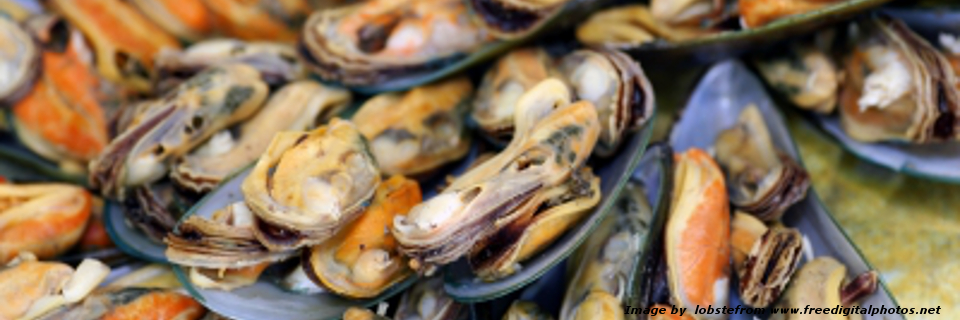EFSA advises on heat treatment of bivalve mollusks

14/01/2016
EU rules state that unpurified live bivalve molluscs from B and C production areas must undergo specified heat treatment to eliminate pathogenic microorganisms. Alternative time–temperature conditions were evaluated to the permitted treatment of at least 90°C for at least 90 seconds (s) in the mollusc flesh. The most important viral hazards associated with bivalve molluscs were identified as Norovirus (NoV) and Hepatitis A virus (HAV). A HAV thermal inactivation model was developed to identify equivalent (achieve the same log reduction) time–temperature combinations to 90°C for 90 s. The model was based on HAV inactivation data in mollusc matrices during isothermal heat treatment and estimated the z-value as 27.5°C. Evaluation against inactivation in whole bivalve molluscs showed that the observed HAV inactivation is in general higher than predicted. Under the conditions and matrices studied HAV is generally more heat tolerant than NoV surrogates. The model provided alternative processes equivalent to 90°C for 90 s without considering the effect of heat-up and cool-down times on virus inactivation. As confirmed by industrial profiles, there is a heat-up and cool-down time that will enhance the safety of the final product and can lead to variations in HAV reduction depending on the process design. This shows the need for a Performance Criterion (PC) for the whole process, which is the required log reduction during heat treatment. A risk assessment model was developed and a case study illustrated the relationship between a PC and the HAV risk at consumption. If risk managers establish an ALOP, this can be translated to a PC and a Process Criterion (PrC). It is demonstrated that a PrC expressed as an F-value (the equivalent processing time of a hypothetical isothermal process at a reference temperature) is more appropriate than the currently used time–temperature combination since it takes into account non-isothermal conditions.

